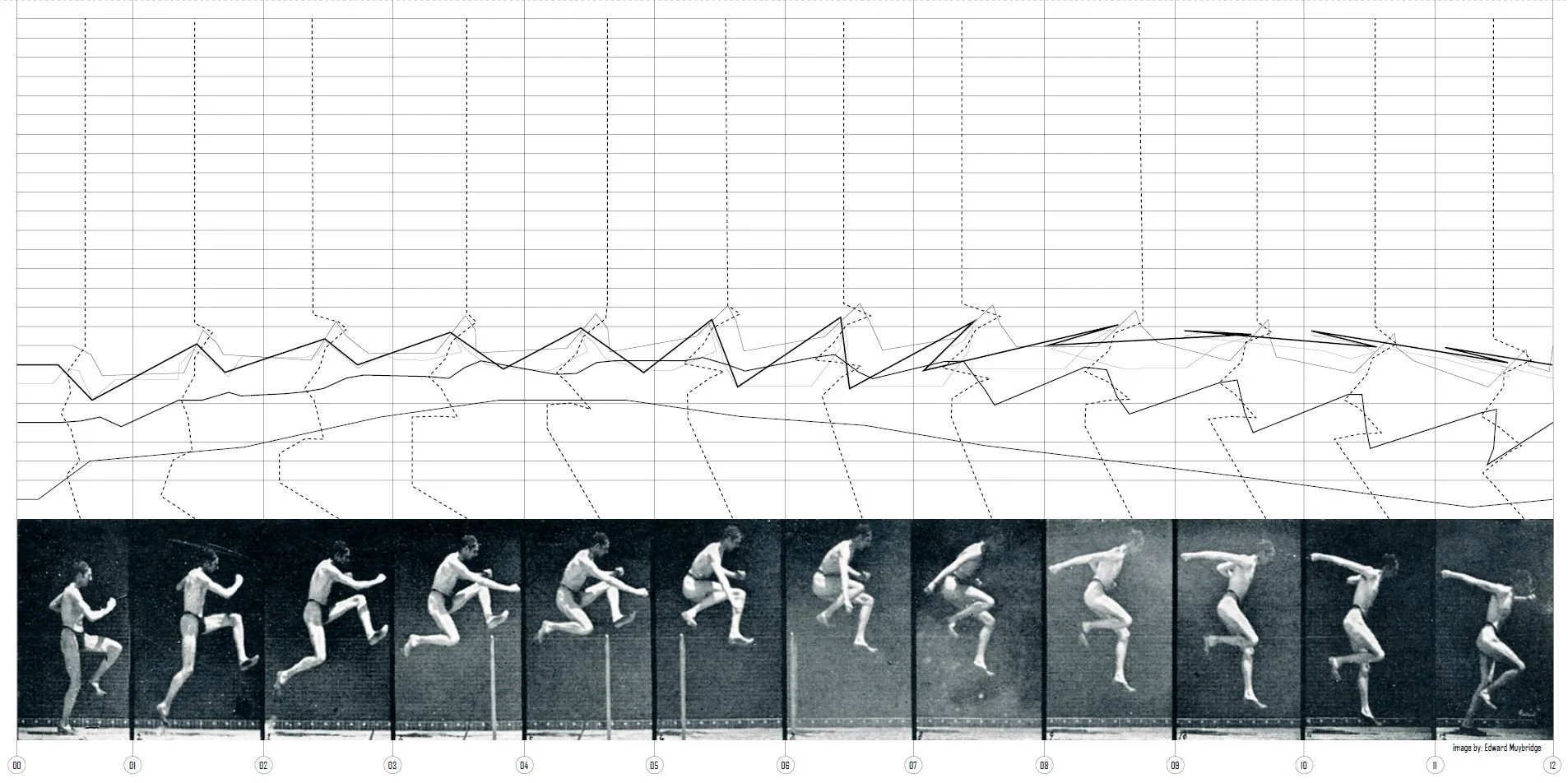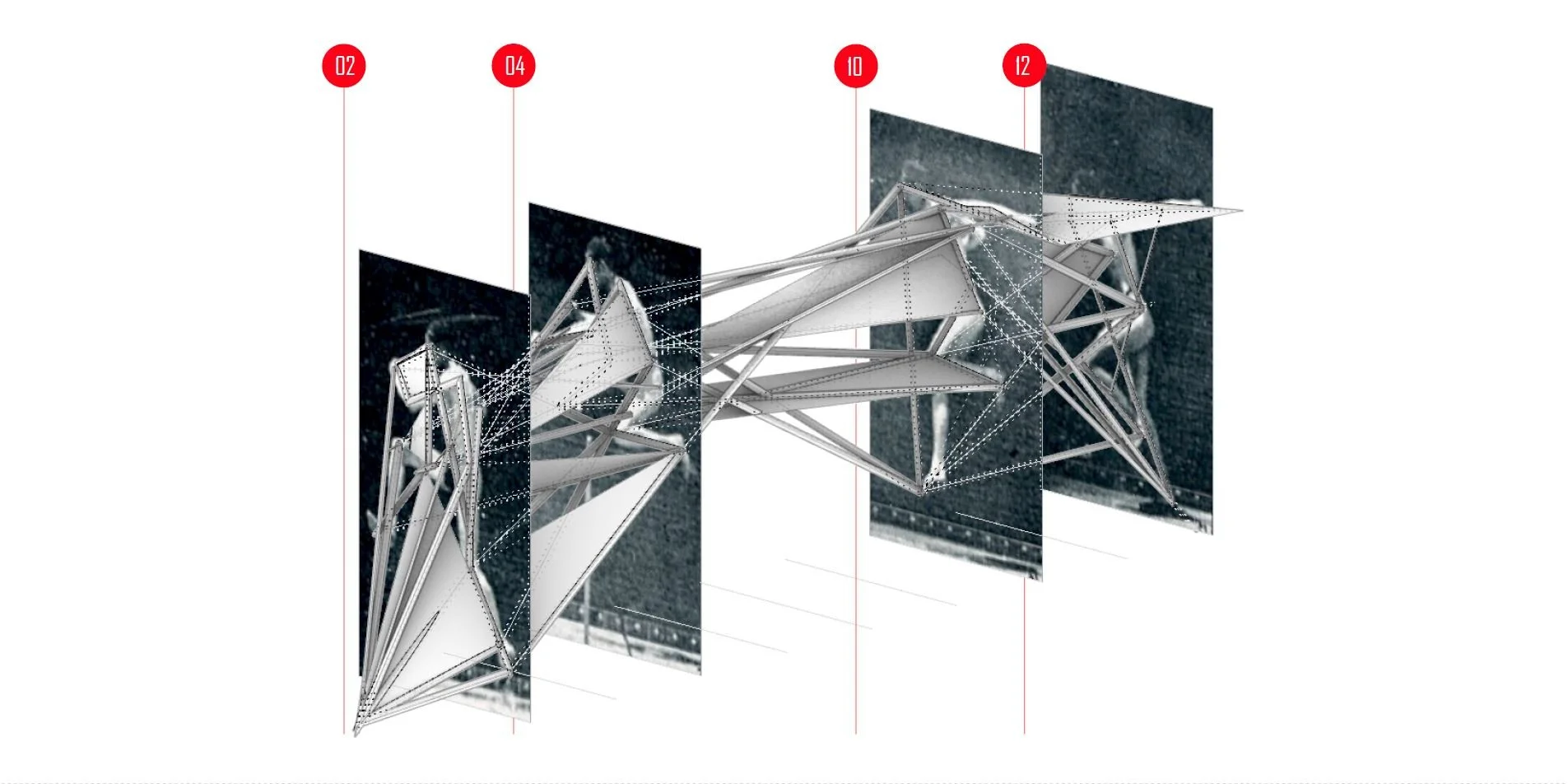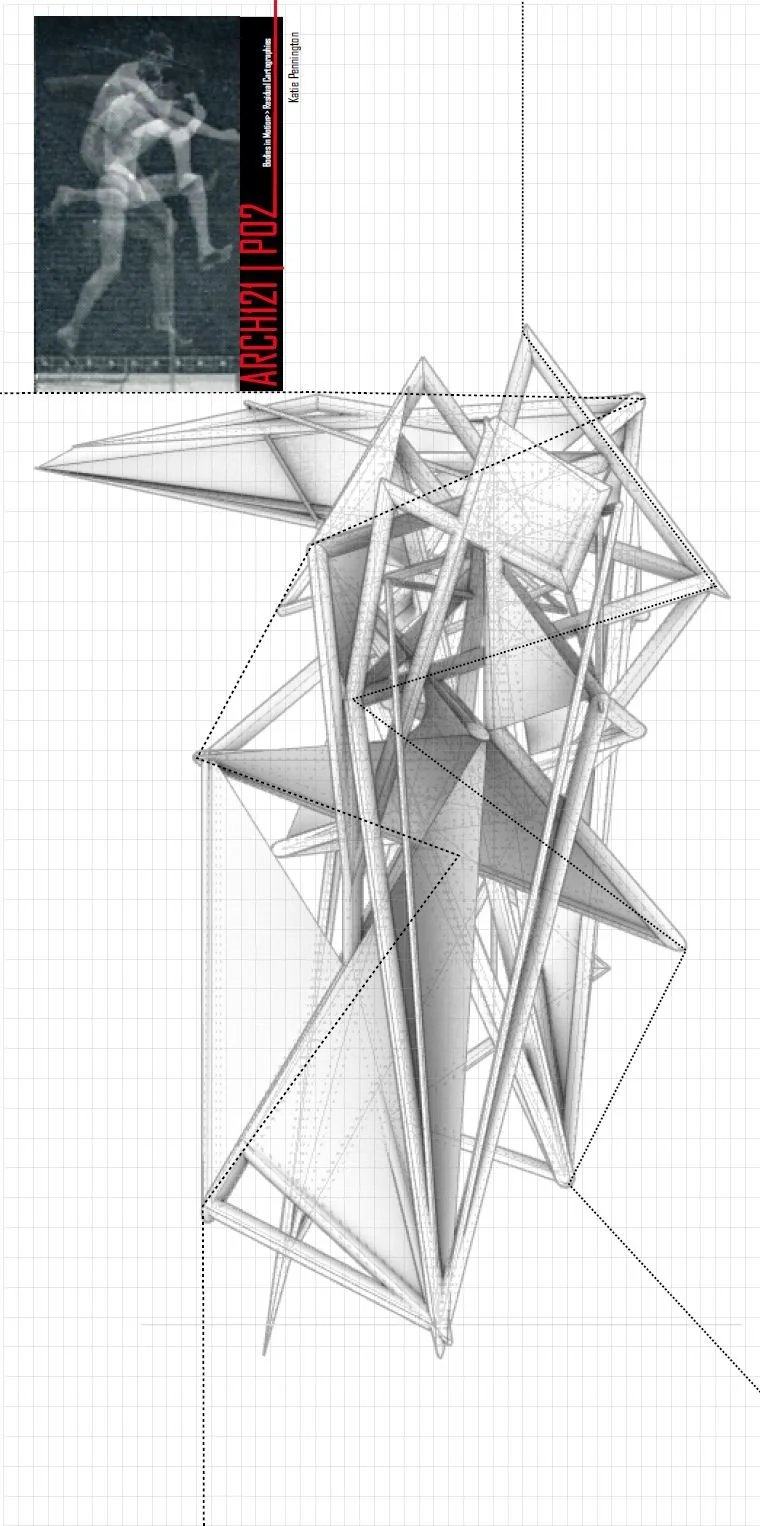"We Make no distinction between man and nature: the human essence of nature and the natural essence of man become one within nature in the form of production or industry, just as they do within the life of man as a species. Industry is then no longer considered from the extrinsic point of view of its fundamental identity with nature as production of man and by man. ”
- Gilles Deleuze and Felix Guattari, 1972
Our relationship to what, why and how we make has been an ever-evolving production; a production of space and resultant identity overwritten and underwritten by an evolution of tools and augmented needs and realities. At the core of this relationship, the human body, its proportions, movements, commonalities, and peculiarities has constantly assumed the primary role. In architecture, the human body has served as the model from which formal principles developed, at times establishing the only link architecture attempted to create to nature. Harmony was thus measured by its response to the body’s symmetry. As science and medicine developed revealing that the outer form of the body was merely a reflection of it inner structure and functions, a reassessment of the application and
implication of the body in design took place. Form follows function became -and to a large degree still is- the operative principle. Yet, in most iteration of the body’s engagement in design we see it – for the most part- static. Artist and photographers like Marcel Duchamp, Eadweard Muybridge, and Etienne-Jules Marey have shed light on the rich territory movement implies for design.
bodies in motion


